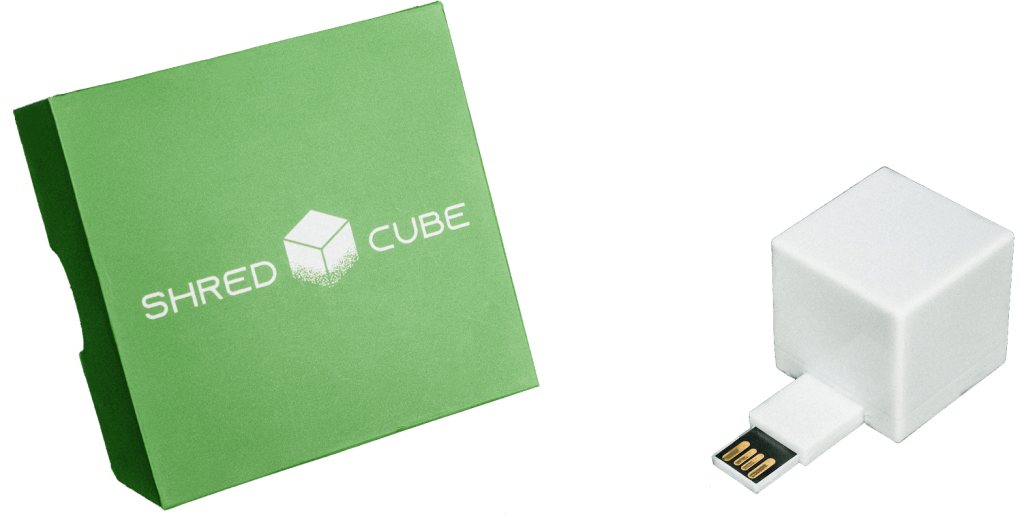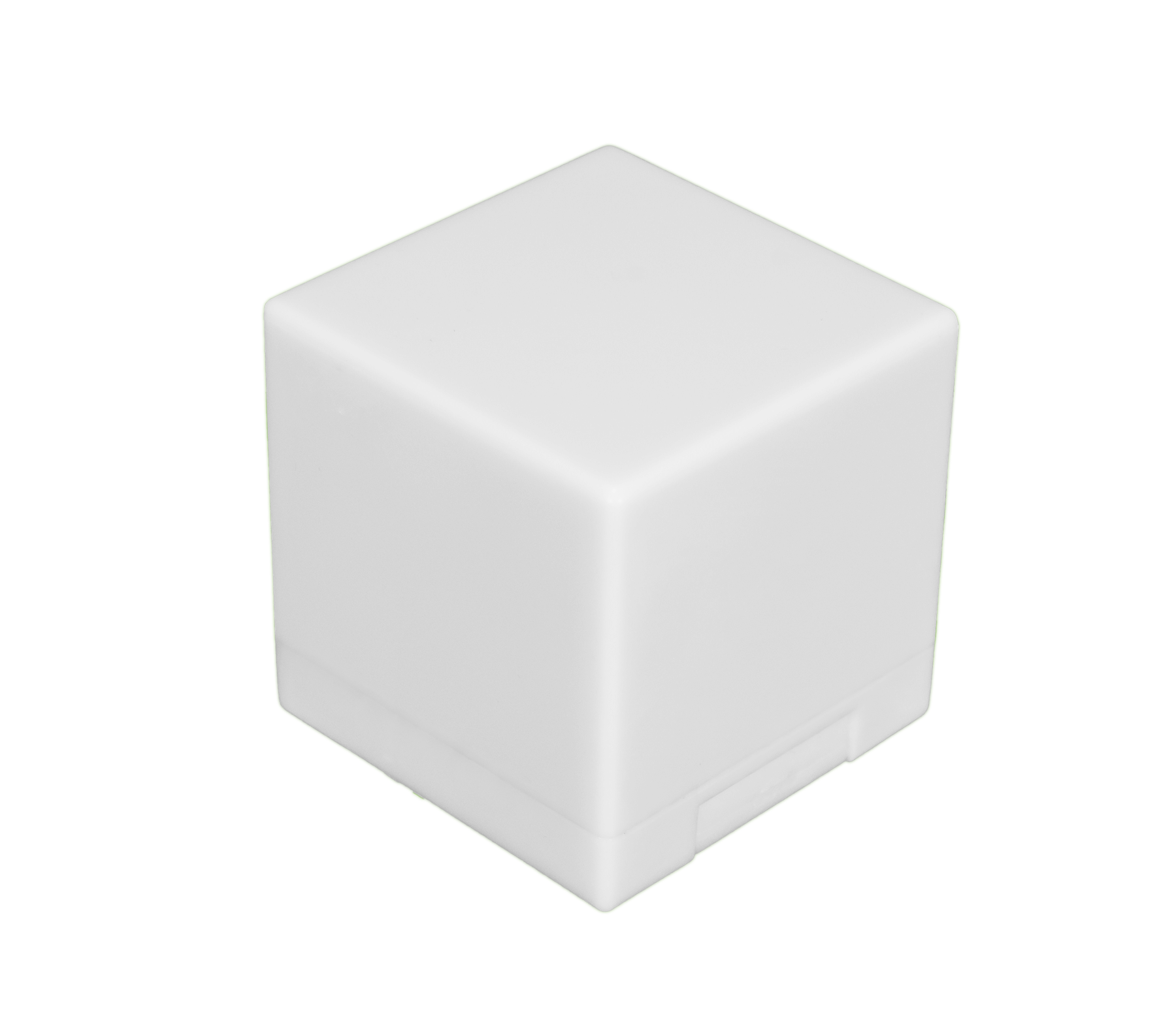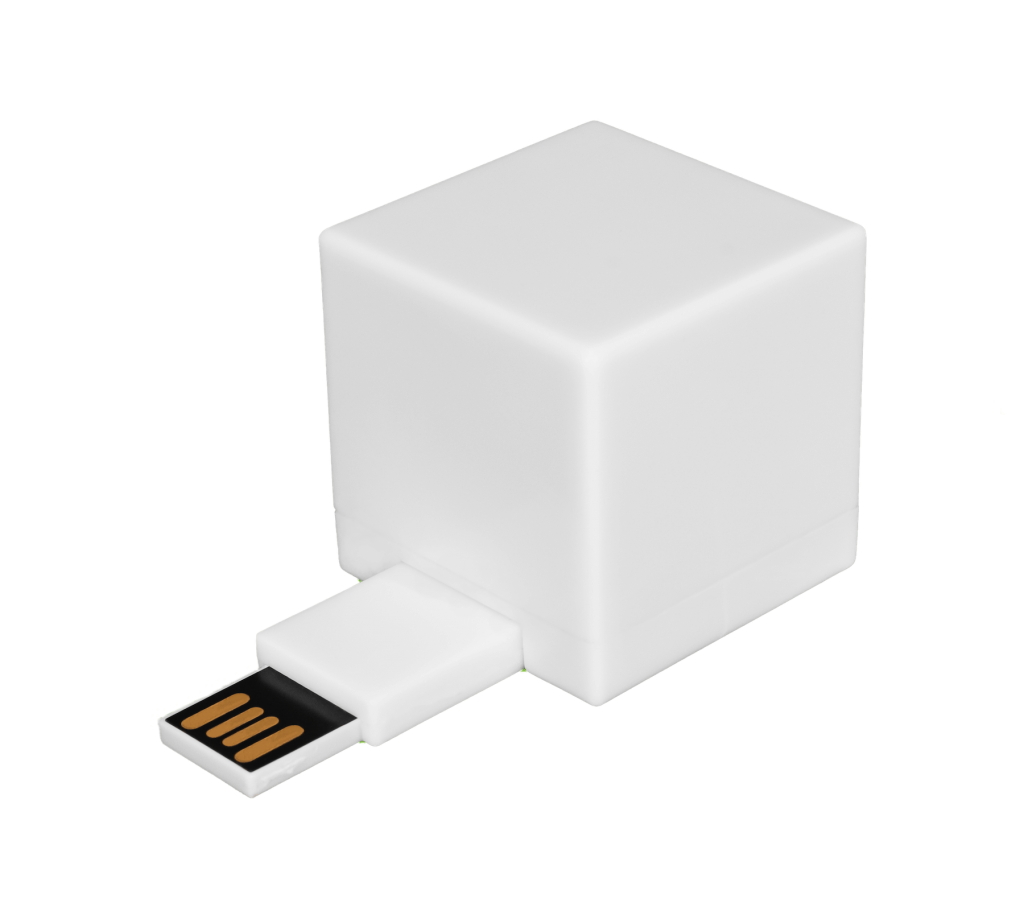- Recent research found 37% of used hard drives are sold with personal data and identifiable information still on them.
- Worse yet, 15% of drives have personal information such as birth certificates, credit card details, Amazon accounts, Social Security numbers, and addresses.
- This makes used hard drives gold mines for threat actors.
Why You Should “Delete” Data Off Your Old Hard Drive
Hard drives are essentially treasure chests of personal information. From corporate data to personal details, the pure scale of data and information on the average hard drive is mind-blowing. The average person spends almost 7 hours online every day, and we (as a whole) generate 2.5 quintillion bytes of data during that time. By the end of this year, we’ll generate 40 times more bytes of data than there are stars in the observable universe.
- How often do you purchase food from your phone or computer?
- How many emails have you opened?
- How many work files have you saved into your Documents folder?
The answer is probably a ton. Your old computer or flash drive still has that data sitting around. It may be old, but threat actors can still tie it back to you — and that can cause problems.
In other words, deleting data from your old hard drive doesn’t just protect your identity. It protects your bank account.

Which Hard Disk Data Should You Keep?
- Photos
- Videos
- Old business documents
- Playlists
- Text documents
- Phone numbers or contacts
How To Delete Data From Old Hard Disk Drive
1. Via The Recycle Bin & Control Panel On Windows
2. Via The Control Panel On Windows
3. Via The Trash Can On A Mac
Why Deletion Isn’t Enough
- Whether you use the recycling bin on Windows or a Mac, “deleting” data in the traditional way doesn’t actually erase it permanently.
- Instead, dragging a file to the recycling bin deletes the pathway to that file.
- The data is still on your hard drive, and it will exist on your hard drive until your computer writes over every bit of that data — which it likely never will.
- Your “deleted” files can still be recovered with the right data recovery tools.
- This is incredibly important for those who are throwing away or selling a used hard drive, desktop computer, laptop hard drive, or even motherboard.
- If you simply emptied the trash can or recycling bin, your data is still on the drive, and threat actors can still access it with the right tools.
In today’s hyper-digital landscape, it doesn’t take cool techies with sunglasses that work at the FBI to retrieve data on your hard drive. Virtually anyone can download tools that allow them to recover deleted data.
How To Permanently Delete Private Data On Old Drives
If you’re looking for a secure way to permanently delete your unwanted or unnecessary files, contact Shred Cube to learn more or speak with an expert today.
Share This Post:












